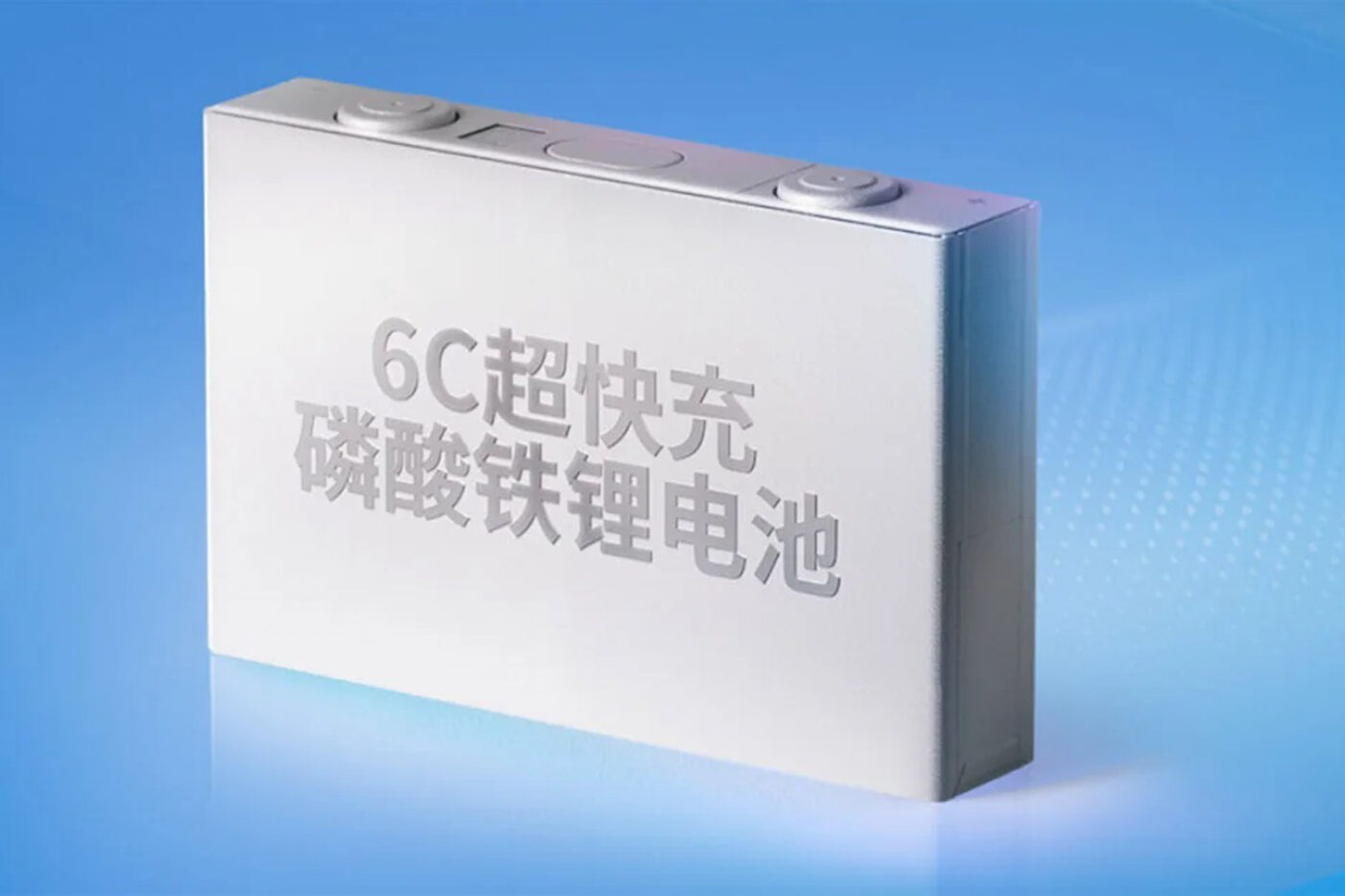China Tightens Grip on Battery Tech: Export Controls on Cathode Material Raise Global Concerns

Beijing, Canada - In a move that's sent ripples through the global battery supply chain, China has announced restrictions on the export of technology related to the preparation of battery cathode materials. This significant decision, effective September 1st, impacts key materials like lithium iron phosphate (LFP), a cornerstone in the rapidly expanding electric vehicle (EV) and energy storage sectors.
What's Happening? China's Ministry of Commerce has added technology used in the creation of battery cathode materials to its list of items subject to export controls. While the specifics of the controls remain somewhat opaque, industry analysts believe they will likely involve licensing requirements and scrutiny of end-users, effectively slowing down and potentially increasing the cost of accessing this crucial technology.
Why Lithium Iron Phosphate (LFP)? LFP batteries have gained immense popularity due to their safety, long lifespan, and relatively lower cost compared to other lithium-ion chemistries like nickel manganese cobalt (NMC). They are widely used in EVs, particularly in China, and are increasingly being adopted globally as battery costs continue to be a major factor in EV affordability. China dominates the global LFP supply chain, controlling a significant portion of both production and processing of the raw materials.
Global Implications: This move is likely to have far-reaching consequences for the global EV and energy storage industries. Many countries, including Canada, are actively seeking to build their own domestic battery supply chains to reduce reliance on China and ensure energy security. These export controls will undoubtedly complicate those efforts, potentially increasing costs and delaying timelines.
Concerns and Reactions: The announcement has drawn criticism from some quarters, with concerns raised about potential disruptions to the global supply chain and the impact on EV prices. Some analysts suggest the move is a response to increasing restrictions on critical minerals like gallium and germanium imposed by the United States and other countries.
What's Next? The full impact of these export controls remains to be seen. Companies and governments worldwide are closely monitoring the situation and assessing their options. Diversification of supply chains, investment in domestic production capabilities, and exploration of alternative battery chemistries are likely to become even more critical in the coming years. The move underscores the growing geopolitical importance of battery technology and the race to secure access to critical materials and expertise.
Canadian Perspective: For Canada, which is investing heavily in its critical minerals sector and aiming to become a hub for battery manufacturing, this development presents both challenges and opportunities. While it will add complexity to sourcing technology, it also incentivizes further investment in domestic R&D and production of battery components.
The situation is evolving rapidly, and further updates are expected as companies and governments adapt to the new reality of restricted technology exports from China.






